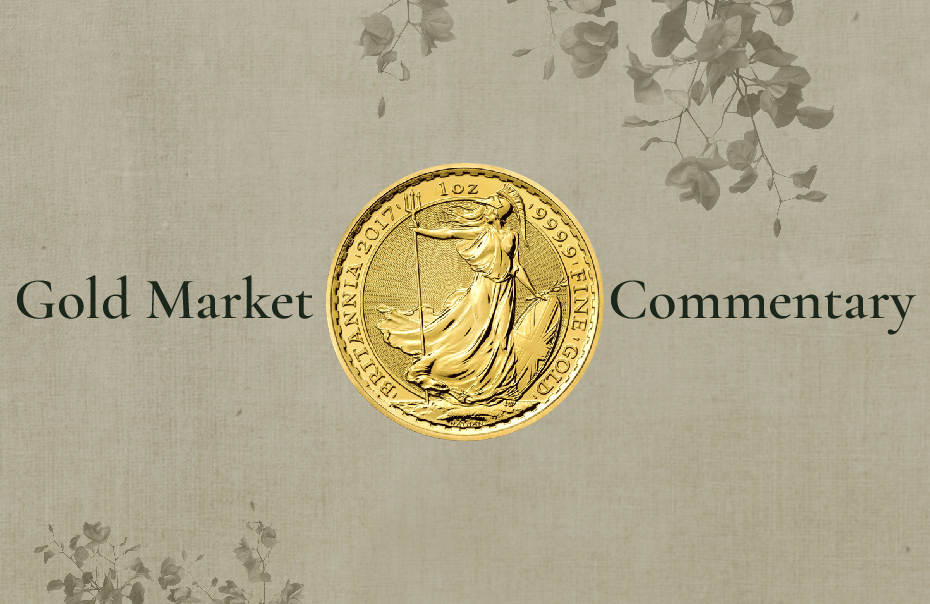- Gold edged lower on higher U.S. Treasury yields in mid-February, with sentiment mixed over the near-term outlook for bullion prices.
- Gold, which bears no yield, was down 0.26 percent to $1,819.90 per ounce on February 15, after U.S. Treasury yields surged to a near 11-month high on February 12.
- Gold was losing its “safe haven” appeal, with many analysts betting on accelerating economic recovery from the grip of the pandemic.
Some analysts believe that gold prices will rise due to prospects for a $1.9 trillion U.S. stimulus package, and possibly a softening dollar, which could stoke inflationary expectations. Gold is seen as a hedge against rising prices.
Any delays or roadblocks to the stimulus package could weigh on the gold price.
Other analysts feel that a successful vaccinations rollout could encourage hopes for economic recovery and drive up interest in equities rather than safe haven precious metals gold and silver.
Furthermore, rising interest in investing in bitcoin as an alternative safe haven to gold or the dollar, may drag on gold prices going forward.
Tesla’s announcement of its huge investment in bitcoin has contributed to drive up investor buying of the cryptocurrency, which has hit record highs.
For UK gold savers, the recent strengthening of the pound against the dollar, at a time when gold prices appear to have
lost upwards momentum, can be a good opportunity to buy more bullion.
The longer term outlook for gold prices remains constructive as U.S. interest rates are likely to remain at very low levels for a prolonged period due to the need to stimulate the economy and rescue the livelihoods of those hardest hit by the pandemic.
A climate of rock bottom interest rates is a bullish signal for non-interest-bearing gold as it makes yield-bearing assets relatively less attractive to investors.
The pound, which has strengthened since the start of 2021 buoyed by the UK’s success in rolling out vaccinations against COVID-19, as well as a last-minute Brexit trade deal agreed with the EU at the end of 2020, could gain more ground against the dollar if the UK continues to meet its deadlines for the vaccines distribution, paving the way for a rapid economic recovery.
By mid-February more than 15 million people in the UK had received their first vaccine dose.
Sterling, which hit a three-year peak against the dollar in the second week of February, gained support from better-than-expected UK fourth quarter 2020 GDP data.
While the UK economy shrank by 9.9 percent in 2020, the biggest annual fall in output in more than 300 years, it avoided heading back to recession in the fourth quarter and appears set for a recovery in 2021.






























